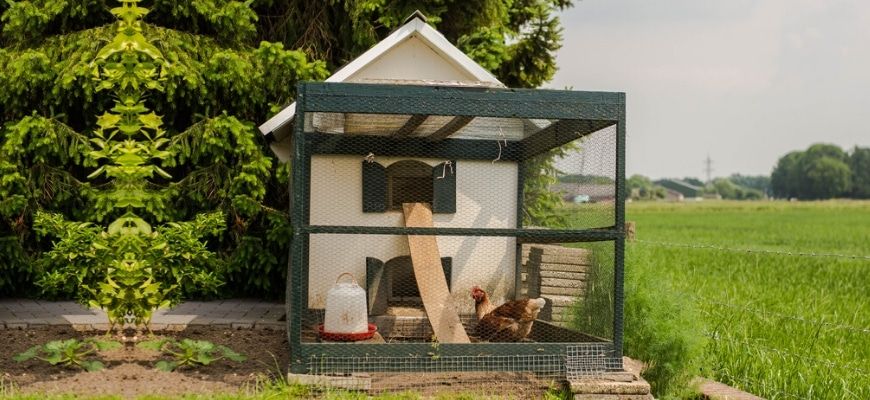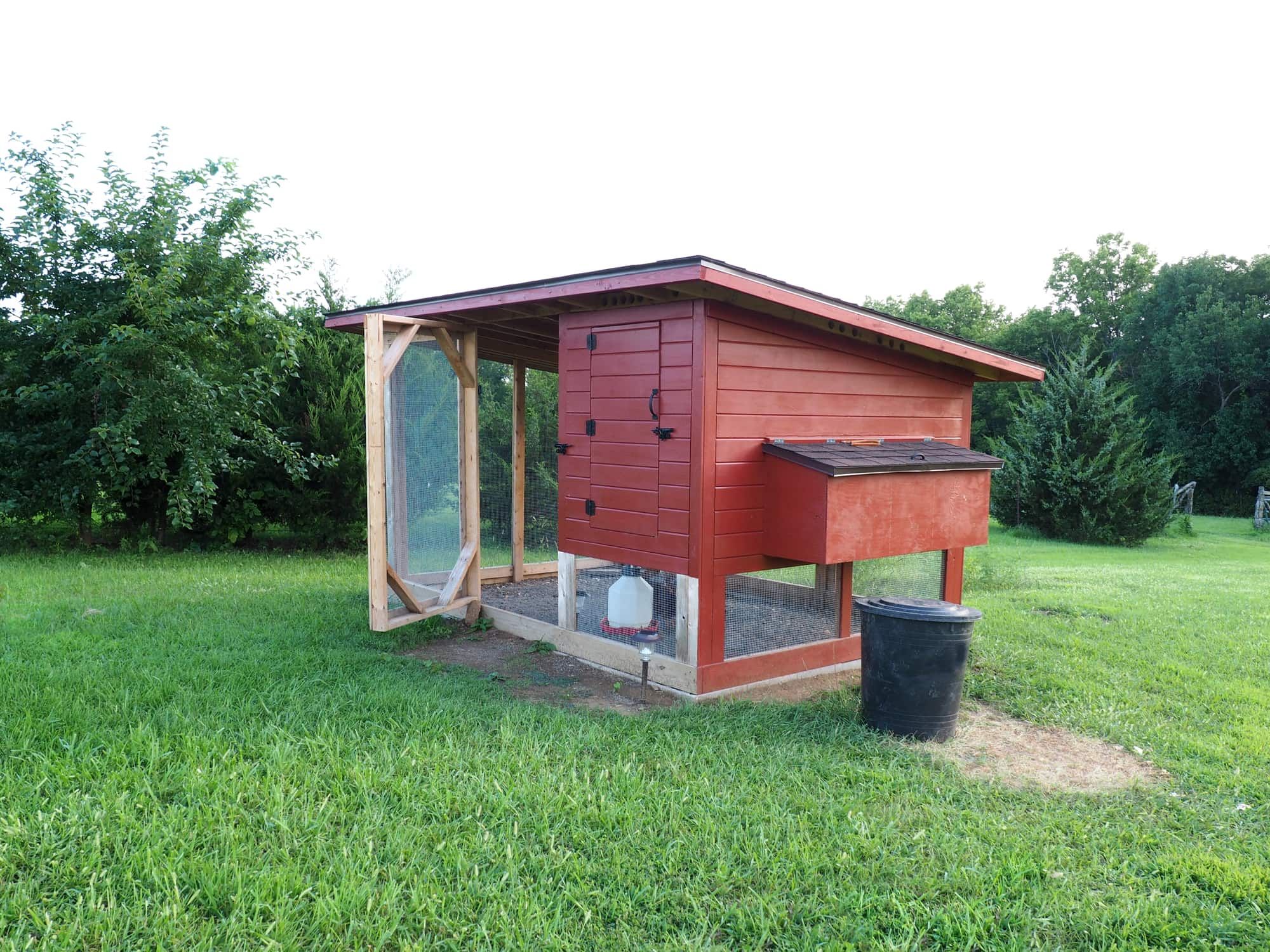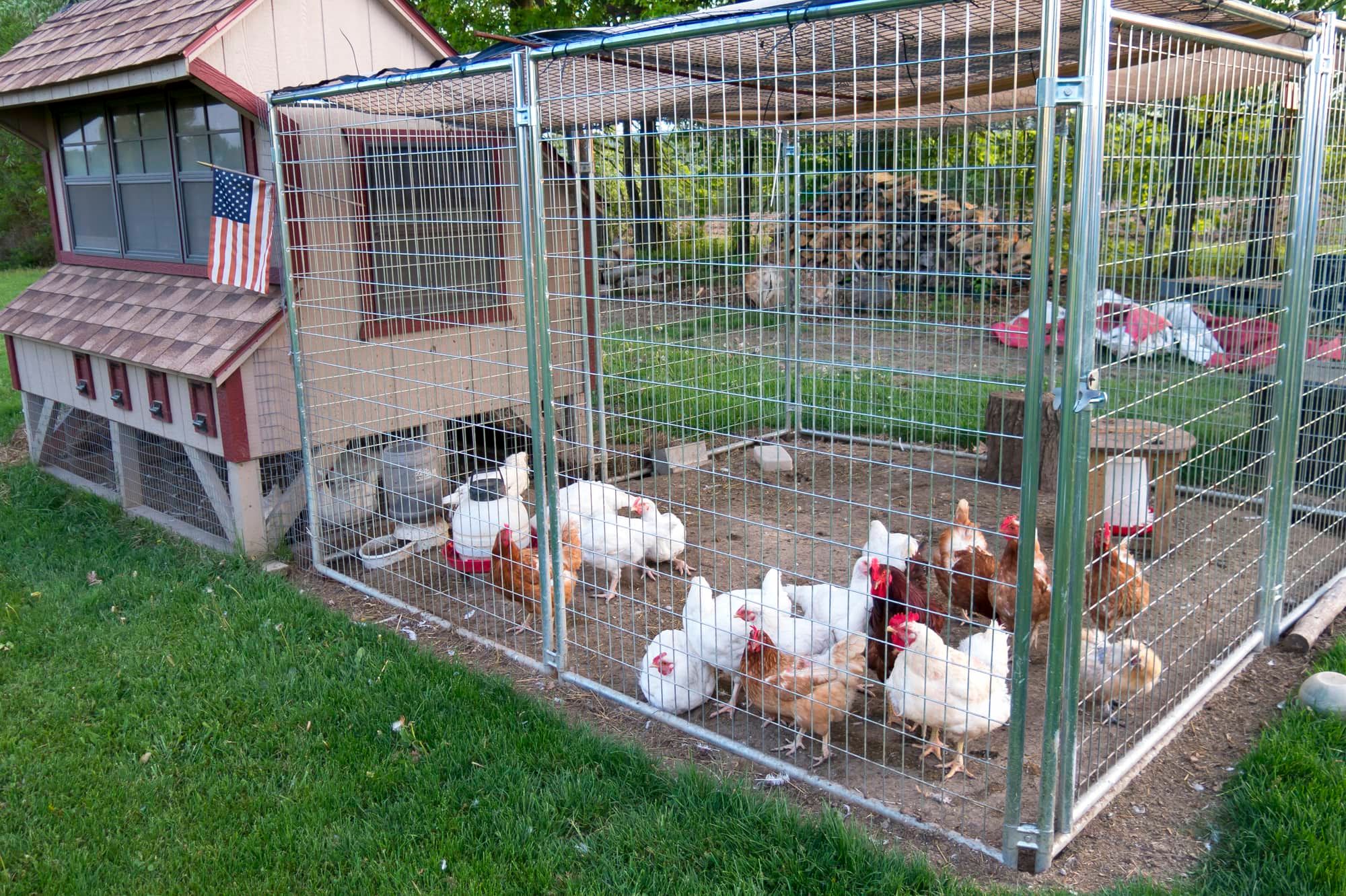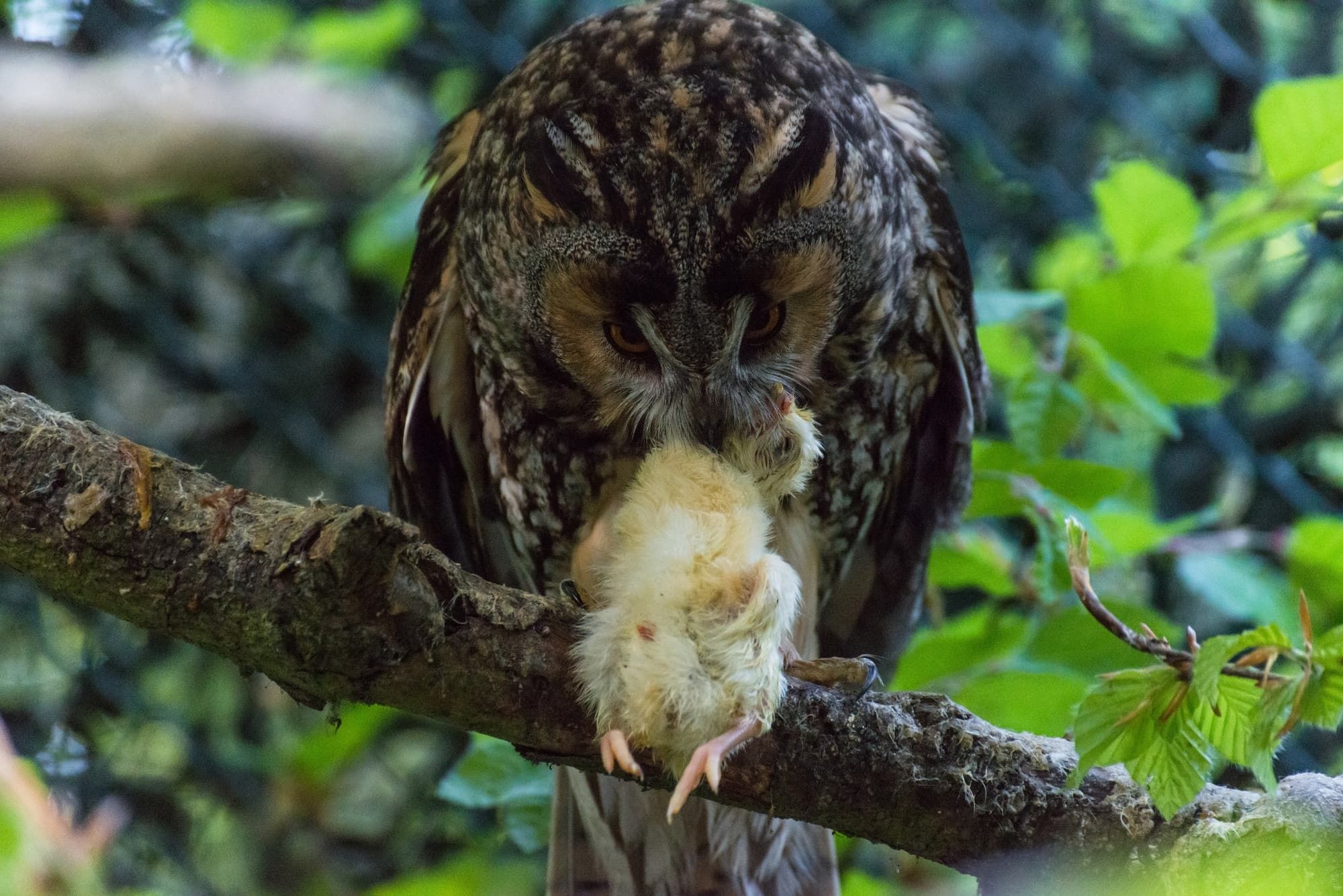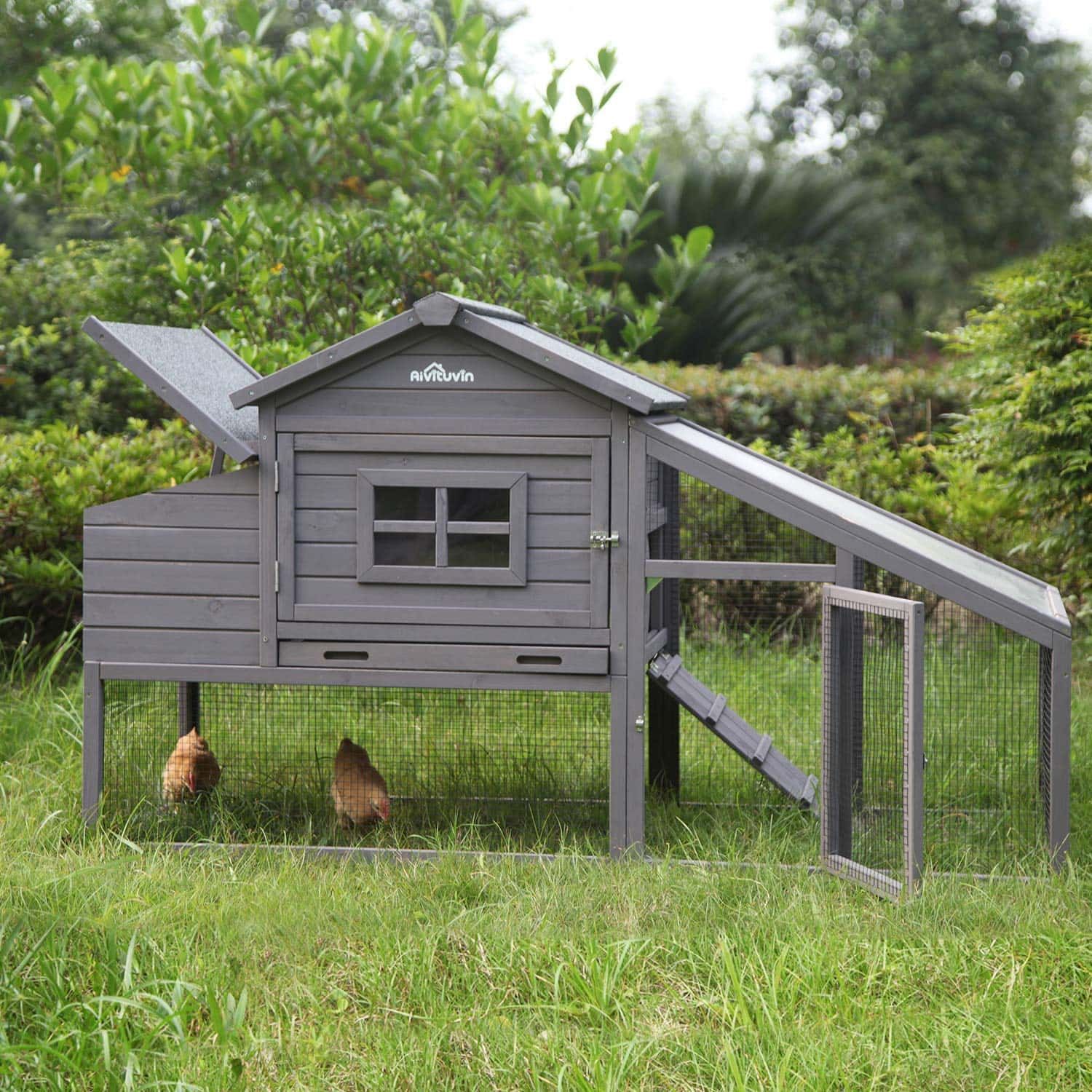If you own chickens or are looking into getting chickens, you’ve most definitely done some research concerning your chicken’s comfort. Happy, comfortable chickens live longer and are more productive, whether you keep them for egg or meat production. So, what is a chicken coop? Here are some design ideas and other tips to help your chickens live their best lives.
This brief article provides a quick rundown of simple plans you might want to consider for improving upon what you might already have, or to help you get started. It also takes into account the protection you should offer against both weather and predators for your own personalized hen house.
The Definition of a Coop
A coop is simply defined as the structure your chickens, and/or other poultry live within. It is a protective space for them to rest, sleep and lay their eggs within, and is ideally connected to a run for them to exercise, eat, and drink in. A run is an enclosed space that extends out of doors and can be open to the elements or covered for further protection against weather and predators.
What Coops Are Made From
Coops can be made from a wide variety of materials and be designed in a wide variety of styles. When wondering how to start a chicken coop you should think first and foremost about the living conditions you will be creating for them. This is important no matter what you are raising chickens for since a comfortable chicken will yield more produce.
Repurpose with a Purpose
Prefab sheds, children’s playhouses, and cold frames can all be repurposed to work as a coop. You also can use pallets, pallet wood, or design your own coop, buy lumber, and build your own. Repurposed chain link fencing also is a great option for creating runs, but hog panel and chicken wire, and other enclosure materials with small openings work just as well.
Consider Mobility
Chicken tractors are a mobile coop option that allows you to move your hen house and run where you want it. This is often a popular option to provide your chickens fresh ground to scratch and feed upon.
Personalized Details
Coops, whether you decide to purchase a kit or build your own, allow you to personalize them to fit your landscape. They are easy to paint, style, and add to make it all your own. You can use them as an addition to your garden and provide live plantings to the exterior if you wish, and you can also provide little details such as picket fencing to your run.
What Coop Size is Needed?
The size of your coop should be dependent on the number of chickens you have. A general rule of thumb is to provide at least 2 square feet per animal, but this also includes the vertical space of a coop since chickens roost and prefer to perch.
Since chickens will generally only use the coop to sleep and lay their eggs, you need to ensure that you also provide nesting boxes. One nesting box for every 3 to 5 chickens is recommended as they will share their laying space. The more you offer, the more they have to choose from since some hens will prefer one space over another.
What Protection Does a Coop Provide?
Even though some people let their poultry run loose to roost and lay where they will, a coop will allow for long term protection to keep your animals healthy and let you know where they are at all times (including where they have placed their eggs).
Protection Against Weather
Most poultry breeds can easily handle sub-zero temperatures and are surprisingly hardy. Even on the coldest winter days, you’ll be surprised to see them running around pecking and scratching and basically going about their regular business. But despite this, you really do want to give them the best you can against both cold and heat. A place to roost together for warmth, a place to stay dry, and a place to get out of direct sunlight is something you want to provide in a roost.
Protection Against Predators
Chickens are pretty much unable to defend themselves. They can’t run fast, they don’t fly long distances, or at all, and other than a beak doesn't have much to fight with (unless you have roosters- their spurs can be pretty wicked.
There are quite a few things out there who would like to make a meal out of your chickens, eggs, or both before you do. Household dogs, foxes, raccoons, minks, owls, coyotes, hawks, some snakes, and even skunks can wreak havoc on your investment when you don’t take care to protect them. Having a knowledge of the animals in your area and their habits can provide you an idea of how to secure your coop, and run, needs to be.
Although a coop closure and run cover may not be needed, you should at the very least allow for a full four-sided protection for your animals while they are outside, and a solid roof over their heads when indoors.
Conclusion
A chicken coop is a protective indoor space that allows your poultry to rest unbothered by weather and predators, and also gives them a safe space to lay eggs if egg production is your main reason for keeping them. You have many options for either purchasing or designing your own coop, repurposing materials, and personalizing your chicken’s home in any way you see fit.
If you have any questions or comments, or ideas you would like to share, please do so below! And, as always, please repost our article to help spread the word!

